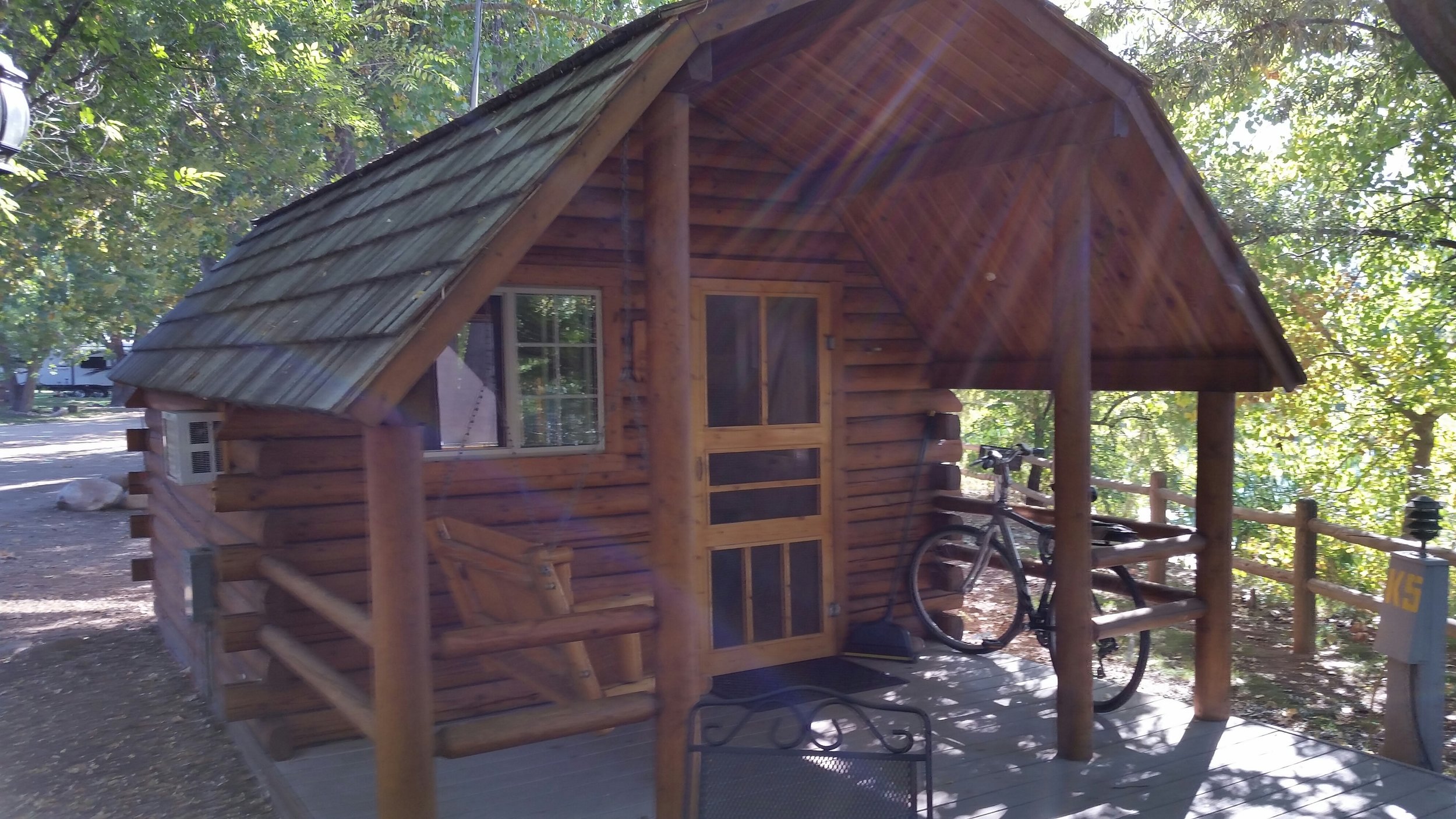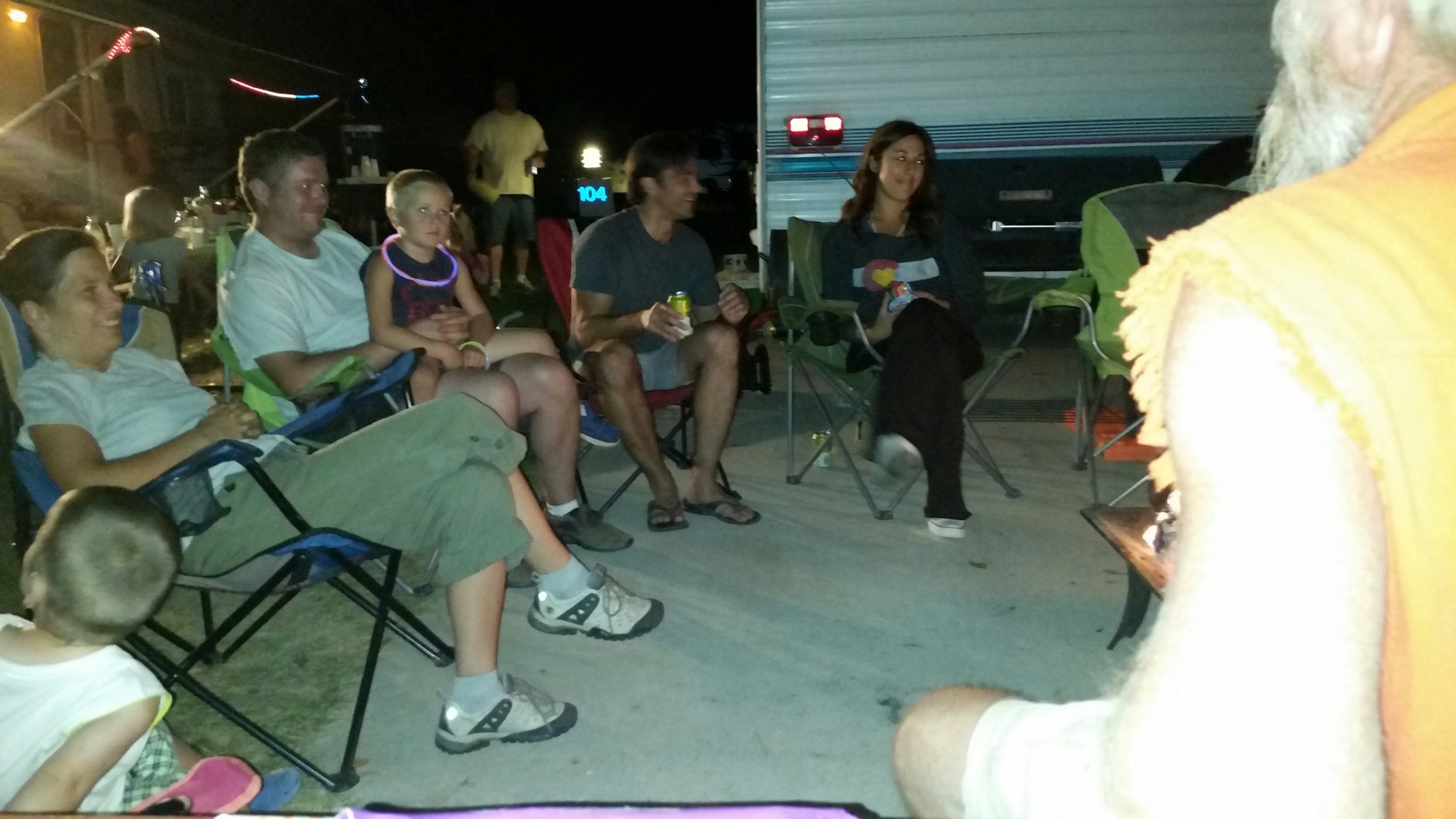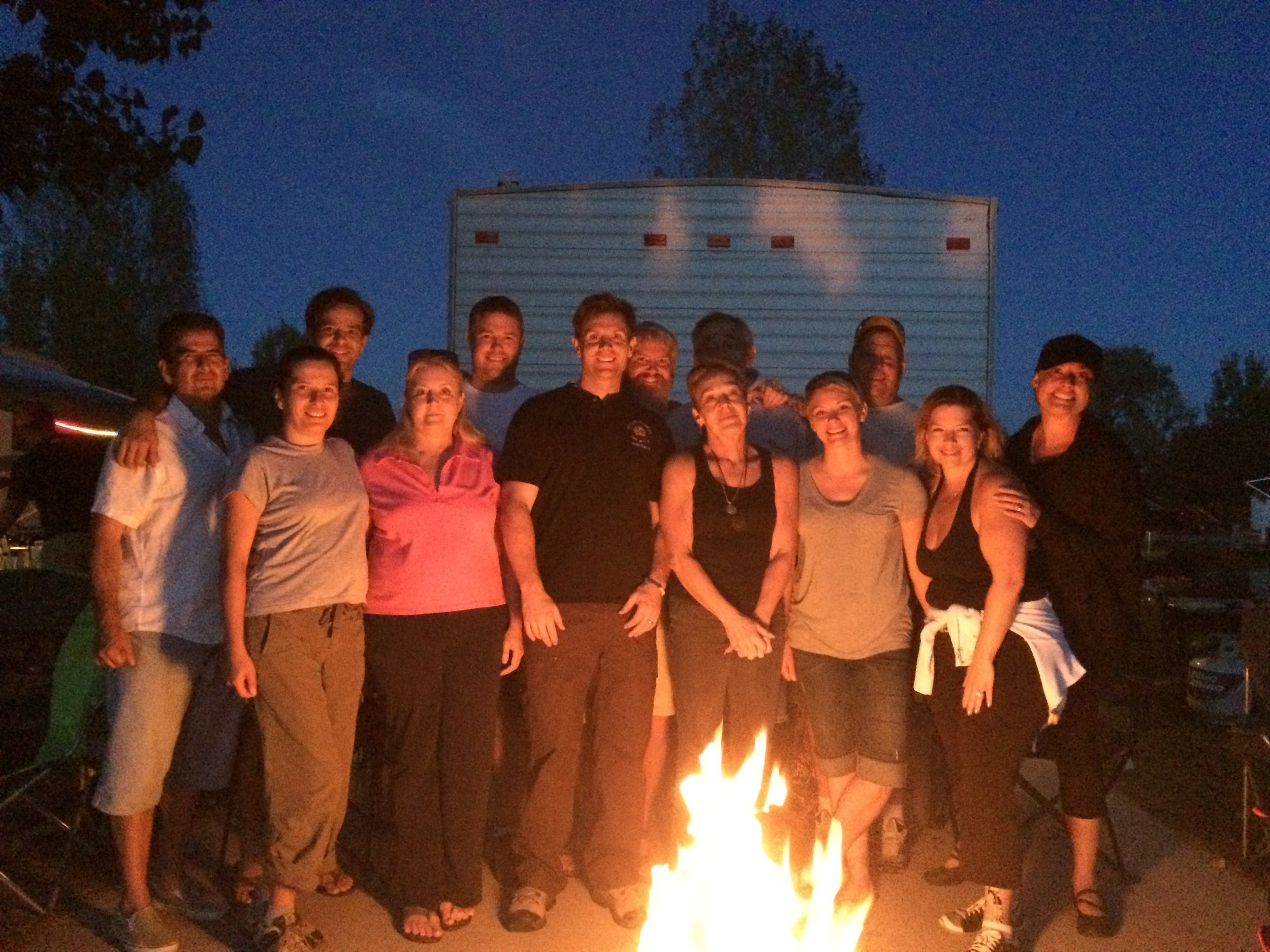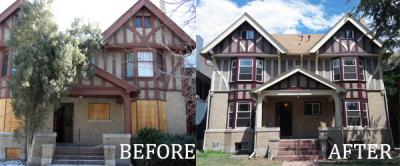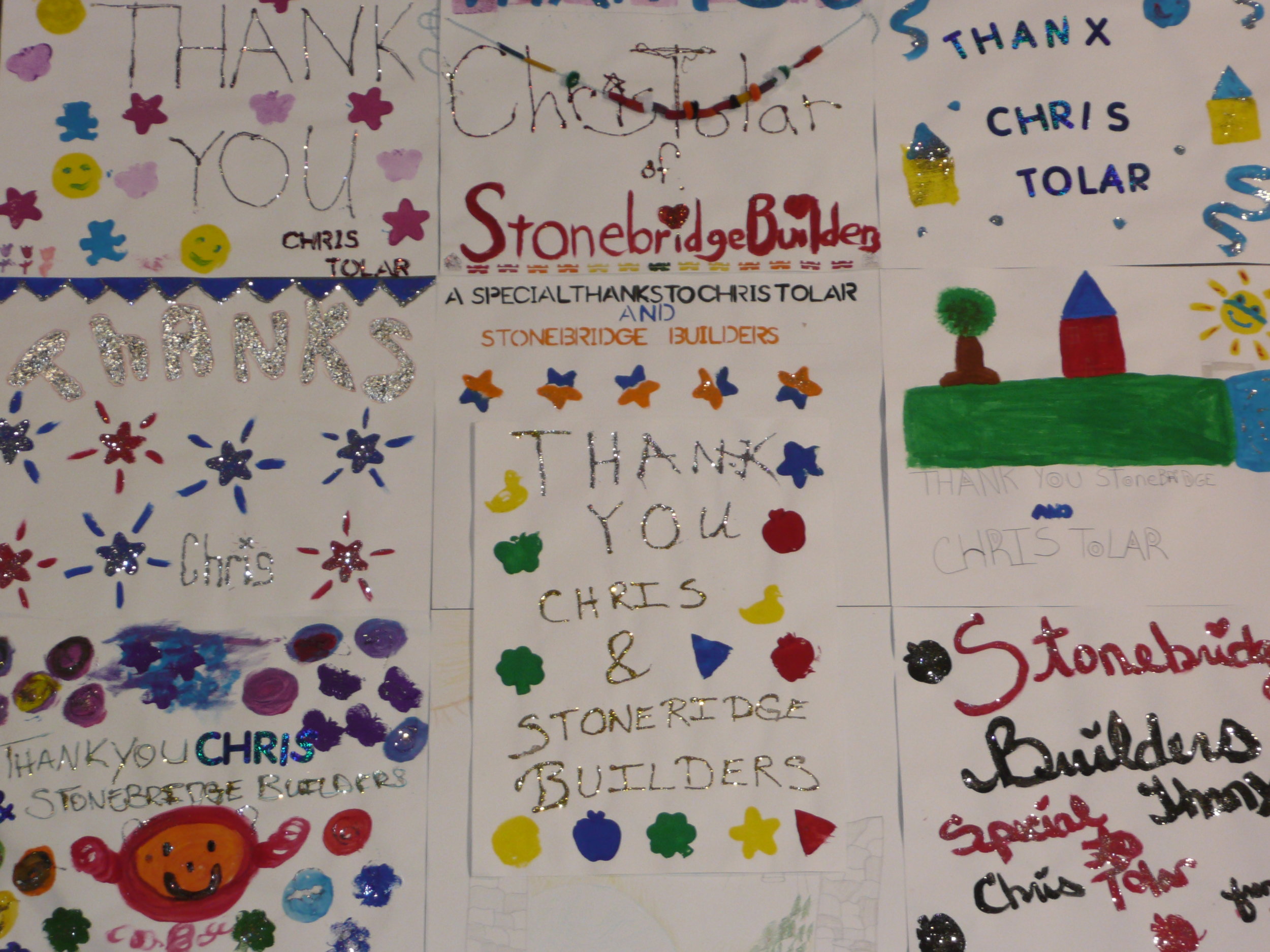4 Trends To Attract and Retain New Renters
/In this modern housing market, in order to become and remain competitive, multifamily communities, developers and property owners need to understand and implement the current housing trends that attract new renters and keep them happy enough to stay put. From construction and renovation trends to smart home technology, renters have made it clear what they want. Now it's time to deliver.
Open Layouts
Floor plans in newly constructed multifamily communities are now following the same trends we've been seeing in the residential single-family housing for years. Open layouts with fewer dividing walls between the main living spaces like dining, kitchens and living areas look and feel bigger than their counterparts with the same square footage. Open floor plans are here to stay, so it makes sense to invest in already constructed properties and renovate to attract new renters. If you're considering renovating existing units to new layouts with open floor plans, call Stonebridge Builders, a Denver based commercial construction firm that specializes in apartment and multifamily renovations. Stonebridge offers expert consultations in design and renovation.
Modern Materials
Granite Countertops used to be the "it" or "go to" kitchen upgrade. But now, builders and developers are answering the call for a more modern apartment concept that appeals to a new generation of renters. Poured concrete countertops combined with rustic looking lighting and metallic accents all create a more modern look and feel that satisfies the new renters' desire for a more urban and industrial look and feel. While traditional lighting works, replacing standard outdated lighting with a trendy new product is a low cost upgrade that will turn heads and deliver signed leases.
Smart Home Technology
The newest generation of renter is tech-savvy and they want home technology that aligns with their lifestyle. While it may seem like a poor investment for multifamily properties to adopt new in-home technology given that technology changes so rapidly, there are certain tech upgrades that are universally accepted and desired and come with minimal cost upfront, but may save money in the long run. LED lighting, web connected sensors for turning lights on and off and digital thermostats controlled with a mobile device save residents money, but also decrease the property's energy costs for common areas.
Amenities
It used to be that a pool was all that was needed to create the feeling of luxury. But today's renters are looking for more. They want updated amenities that align with a more modern lifestyle. As more people are working remotely, renovating a common area to provide a business center or co-working space to accommodate residents that work from home can be a huge selling point to prospective residents. Additionally, fenced in dog runs, on-site dog washes and package delivery rooms attract residents.
If your community currently doesn't offer these amenities, Stonebridge Builders can design and build one at a low cost for a big return on investment.






















